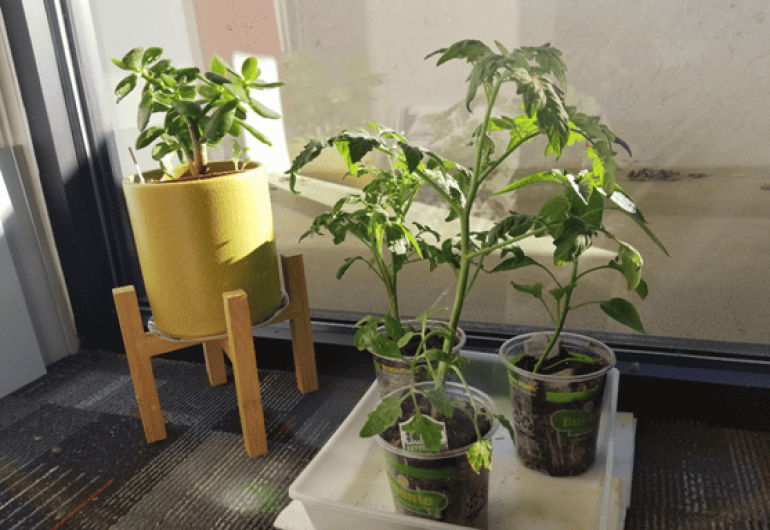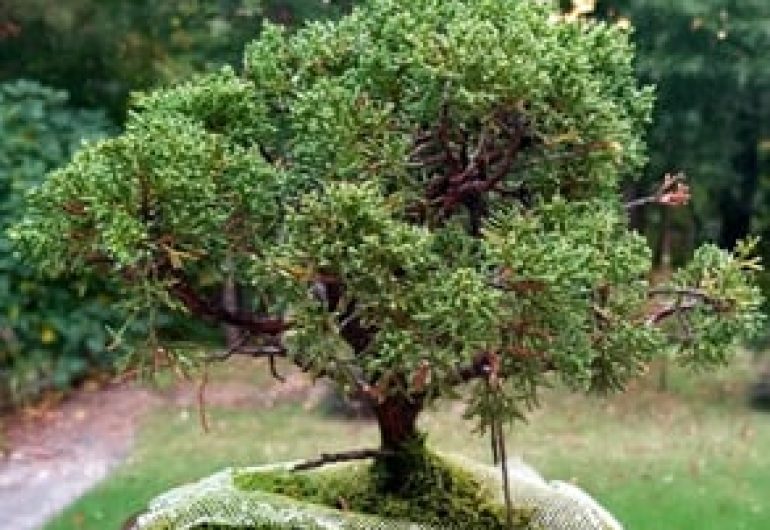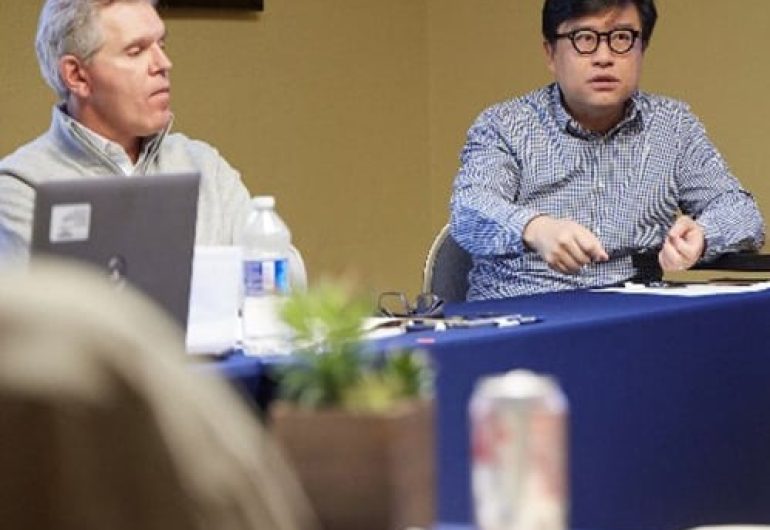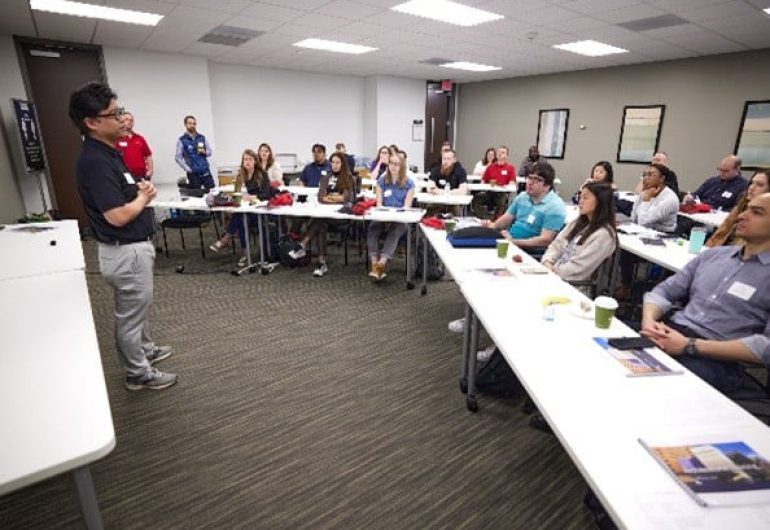Farewell & Goodbye: Lessons Learned Over a Lifetime of Cost Estimating
June 30, 2025

In mid-March, some vegetable plants for the Cary Apogee Community Garden found themselves next to a bonsai in my office. Every afternoon, the plants sat in the sun next to one another. From what I’ve learned about bonsai over the years, plants will communicate with the other elements in their environment. They can feel emotion based on the tone and various frequencies transcending through the air.
Bonsai are trees and plants grown in containers, often appearing prettier than they do in nature. They are living works of art, with the vision and style of the trainer shining through the delicate care and planning required. Cultivating bonsai is a highly creative exercise requiring commitment and a routine of observation, training, and care.


Successful bonsai trainers must demonstrate the art of patience. A trainer spends countless hours ensuring that the tree grows in a particular and aesthetic manner. Many professionals get frustrated when growing a bonsai tree from the desire to see results right away. This training and development for bonsai can range from ten to fifteen years and can easily take another ten years when starting from a seed. It is a lifelong journey. Results take time and enjoying the process is part of the reward. Tree species have different growing patterns making some develop faster than others. Documentation is key. Specific bonsai require more attention to learn their development patterns and flourish. It is important to keep track of the mistakes we’ve made along the way, learn from them, and not get discouraged.
I was amazed that the technique of cultivating bonsai is similar to how we manage the teams or departments, and the results are remarkably similar in a workplace environment. Some of the similarities are listed below:



